Log in or create new account to save this product to your wishlist.
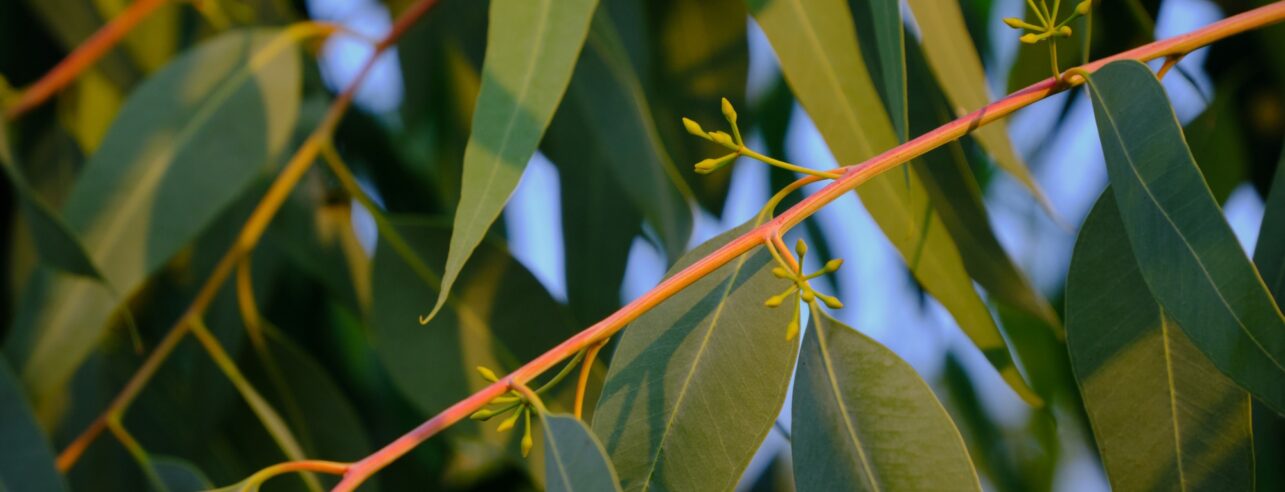
How to Grow Eucalyptus in British Gardens
With a little love and care, eucalyptus trees can thrive in English gardens. Since they don’t germinate well without proper help, there are not considered invasive. So, there is no reason not to plant them if you enjoy their looks.
🌱 All important maintenance moments for your lawn during the year. Leave your email and we will send you the lawn calendar for free.
Enter your email
Receive the lawn calendar in the mail
Enjoy a green lawn all year round!
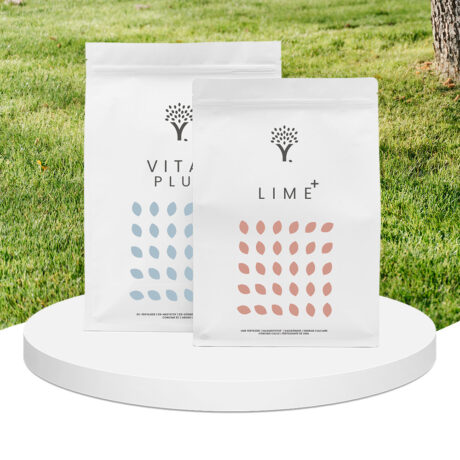
- Order by 2PM = shipped today
- 250.000+ satisfied customers!
- 60 day satisfaction guarantee
Eucalyptus is a versatile Australian native with striking reddish-brown bark and silvery, blue-green leaves. These trees make elegant garden specimens that work brilliantly as focal points. However, growing these evergreen beauties outside their natural environment can be challenging, particularly in British gardens with our cold, frost-prone sites.
- Eucalyptus tree profile
- Choosing the right eucalyptus for your garden
- Tree vs. shrub vs. container plant
- Toxicity and safety considerations
- How to plant eucalyptus successfully
- Planting eucalyptus trees in containers
- Overwintering and troubleshooting common issues
- Common pests and diseases
- FAQ about eucalyptus in the UK
- Ready to plant your eucalyptus tree?
Despite these challenges, with the right approach, you can successfully grow eucalyptus as a houseplant, maintain it as a compact shrub, or allow it to mature into a magnificent tree. In fact, while some species can reach 60 feet (ca. 18 m) in their habitat, when planted in a home garden, many varieties stay at a more manageable 6 to 10 feet (ca. 1.8 to 3 m) tall.
This comprehensive guide will walk you through everything you need to know about selecting, planting and caring for eucalyptus in British gardens throughout all seasons.
Eucalyptus tree profile
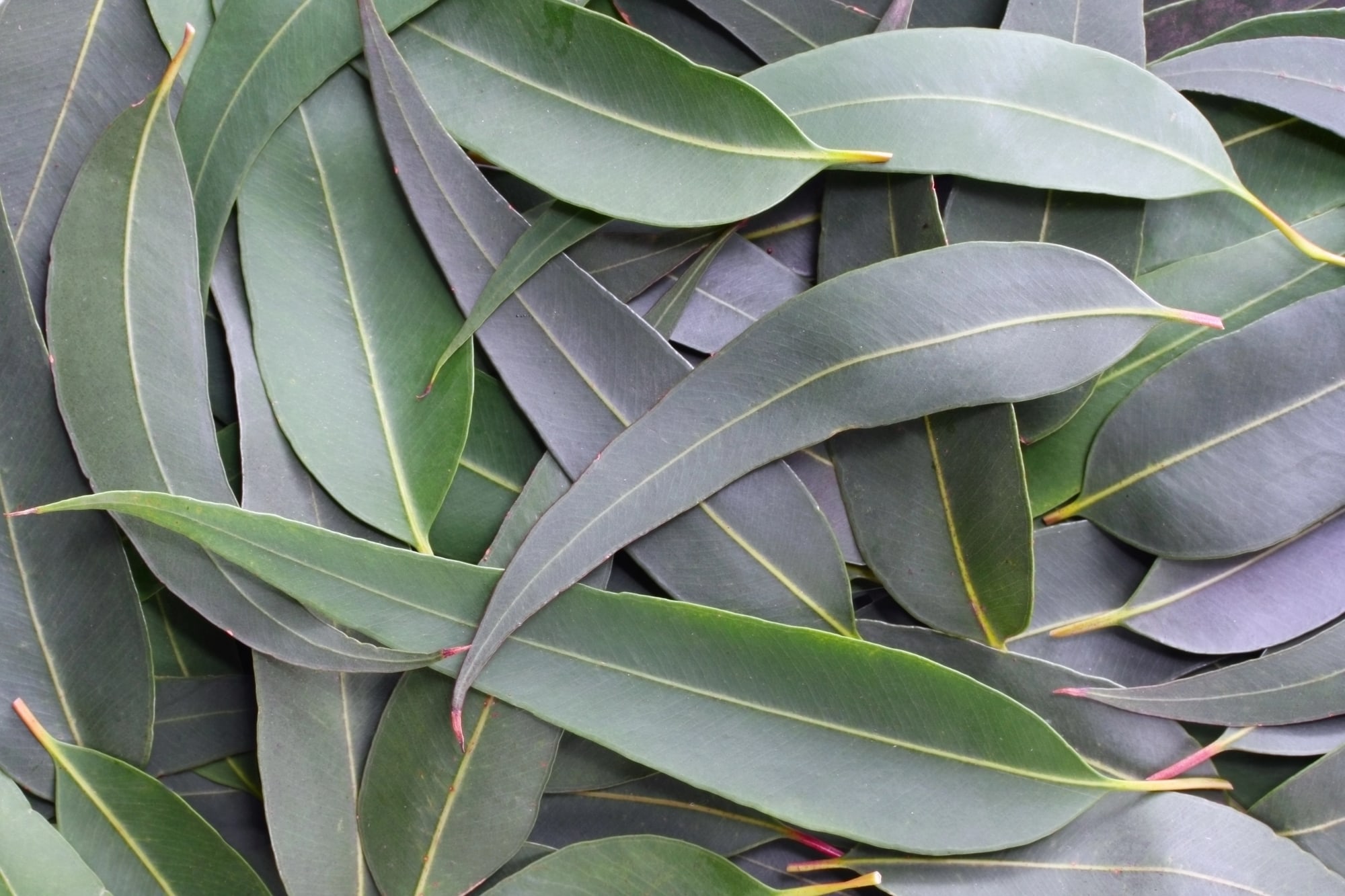
-
Light: Eucalyptus trees thrive in full sun exposure. Place them in a position that receives at least 6 hours of direct sunlight daily, ideally in a south-facing location for optimal growth.
-
Soil: Well-draining soil is essential for eucalyptus. They are adaptable to various soil types including clay, loam, and sand. Eucalyptus prefers slightly acidic to neutral pH levels.
-
Size: In UK conditions, eucalyptus can grow vigorously, with popular varieties like E. gunnii reaching heights of up to 82 feet with a spread of 39 feet if left unpruned. Growth rates are impressive, potentially gaining several feet per year in optimal conditions.
-
Watering: Once established, eucalyptus trees are relatively drought-tolerant. Water deeply and regularly during the first growing season to help establish a strong root system. Afterwards, reduce watering frequency but provide extra water during hot, dry spells. A good rule is to water when the top inch of soil feels dry.
-
Pruning: Eucalyptus responds extremely well to pruning, which should be done in late winter or early spring. For a multi-stemmed shrub effect, consider coppicing (cutting back to just above ground level) every year or two. This also produces the young, decorative foliage often used in flower arrangements.
Choosing the right eucalyptus for your garden
Selecting the appropriate eucalyptus variety is a good first step to start. With over 800 species available worldwide, only a select few are truly suited to withstand our challenging weather conditions.
Popular species for UK climate
The most widely planted eucalyptus in British gardens is Eucalyptus gunnii (Cider Gum), which thrives in UK conditions thanks to its exceptional hardiness. This species can withstand temperatures as low as -18 °C, making it ideal for most British gardens. Its rounded, silvery-blue leaves and smooth, reddish-brown bark create a stunning visual impact year-round.
For gardens in particularly cold or exposed locations, consider these hardy alternatives:
- Eucalyptus pauciflora subsp. niphophila (Snow Gum): Extremely frost-hardy (to -16 °C), this elegant tree features attractive white bark and grows to 26 feet (ca. 8 m) tall.
- Eucalyptus dalrympleana (Mountain Gum): Tolerant to -14 °C, this taller species offers excellent apical dominance and adapts well to most soil types.
- Eucalyptus parvula (Small-leaved Gum): Exceptionally hardy (to -18 °C), growing to about 50 feet (ca. 15 m) tall, making it perfect for creating shelter belts in exposed sites.
When choosing your eucalyptus, provenance matters significantly. Trees sourced from high-altitude or frosty valley locations in their habitat typically offer superior cold hardiness.
Tree vs. shrub vs. container plant
Your available space should dictate which eucalyptus form you select. Although many eucalyptus varieties grow rapidly—often 3 to 6 feet (ca. 1 to 2 m) annually—they respond well to pruning and can be managed in various ways.
For larger gardens, tree forms like E. gunnii can reach 80 feet (ca. 24 m) tall and 40 feet (ca. 12 m) with if left unpruned. Always position these specimens away from buildings, as their roots can dry out soil considerably.
For medium gardens, consider multi-stemmed shrub forms. Species like E. pauciflora ‘Mount Buffalo’ and E. archeri can be maintained as compact, rounded bushes through regular pruning in March and late May.
For small spaces or patios, container-grown eucalyptus offers flexibility. Choose bushy species like E. gunnii ‘Azura’ or E. pulverulenta ‘Baby Blue’. These thrive in large containers filled with free-draining compost. Remember that container plants require daily watering from April to mid-October, and twice weekly during the winter months.
Toxicity and safety considerations
Before introducing eucalyptus to your garden, be aware of its potential toxicity. All parts of eucalyptus plants contain compounds that can be harmful if ingested.
The leaves, bark, and sap contain eucalyptol and tannins, which can cause nausea, vomiting, and diarrhoea if consumed. In severe cases, ingestion might lead to neurological issues including dizziness, confusion, or even seizures.
This risk extends to pets as well. Symptoms of pet poisoning include vomiting, diarrhoea, depression, and lethargy.
Additionally, skin contact with eucalyptus sap can cause irritation, while burning eucalyptus leaves releases toxic compounds into the air.
For safety, position eucalyptus plants away from areas frequented by children and pets, and always wash hands thoroughly after handling the plant material.
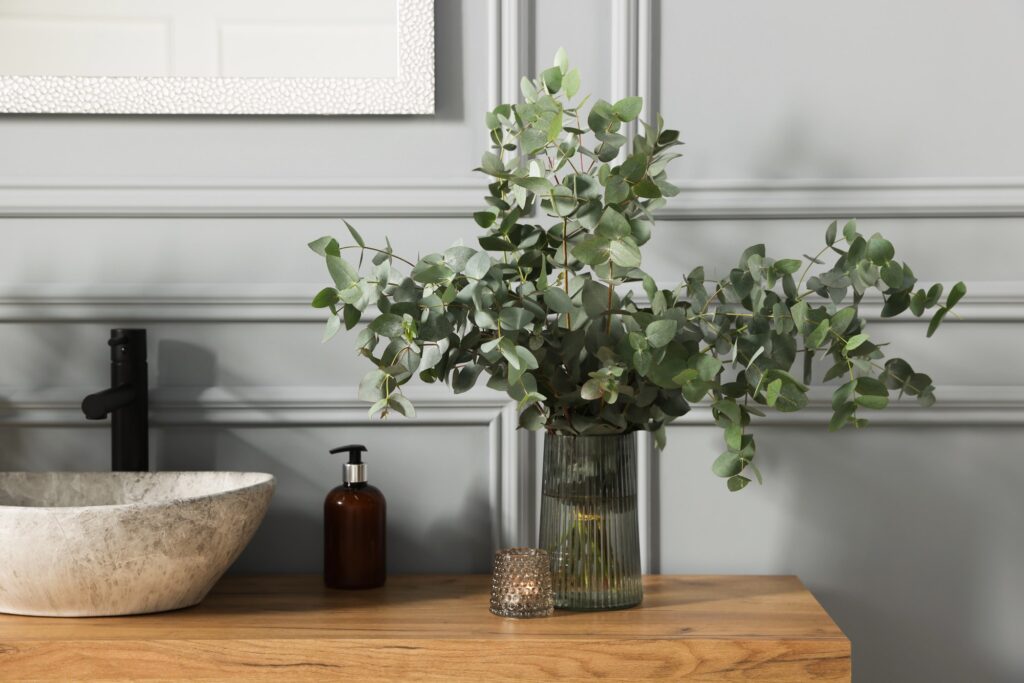
How to plant eucalyptus successfully
Proper planting techniques are the foundation for a thriving eucalyptus tree in your British garden. Following these guidelines will give your eucalyptus the best possible start, ensuring it establishes strong roots before facing its first winter.
Best time to plant in the UK
The optimal planting window spans from March through October. For gardens in cold areas like Scotland, planting between April and June is ideal, giving your eucalyptus a full growing season to establish before winter arrives.
For areas with mild temperatures but low rainfall, autumn planting offers advantages. The soil remains warm and damp, promoting good root and shoot growth before winter. Generally, avoid planting from late November through February, as evergreens typically struggle during this period.
Soil preparation and drainage tips
Eucalyptus requires specific soil conditions to flourish. Firstly, thoroughly clean the planting area, removing all weeds and debris that might hinder growth. Subsequently, assess soil quality—if it’s compacted, loosen it to improve drainage.
When preparing the planting hole:
- Dig a hole 4 inches (ca. 10 cm) wider in diameter and twice as deep as the pot
- Fork over the bottom, adding ¼ of dry soil mixed with sharp sand
- Refill until it’s the same depth as the pot
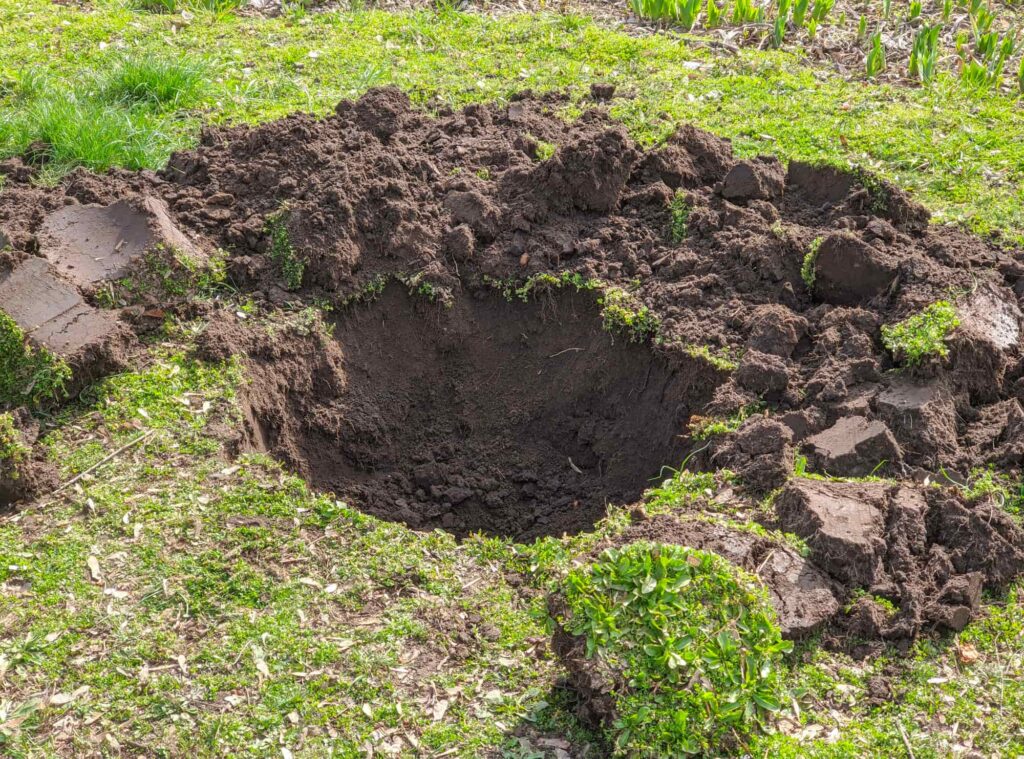
Contrary to common practise, do not add compost or manure when planting—this encourages excessive leaf growth rather than root development. Ensure the top of the root ball sits level with the surrounding soil, firm in gently, and water thoroughly.
For optimal establishment, maintain a thick layer of bark chip mulch around the tree. This acts as a “winter root duvet” and summer water conserving technique.
Spacing and location for full sun
Eucalyptus trees demand full sun exposure and protection from cold, drying winds. When choosing a planting location, avoid frost hollows and waterlogged sites. Ensure adequate space for growth. Position larger-growing species well away from buildings, as they can significantly dry out the soil, especially in heavy clay conditions.
Planting eucalyptus trees in containers
Container-grown eucalyptus offers flexibility for smaller spaces or colder regions. Choose containers at least 2 feet (ca. 61 centimetres) in diameter for best results.
For container planting, the compost mix is critical. Blend a lightweight, nutrient-rich potting soil with a good quality soil-free growing medium on a 50:50 basis.
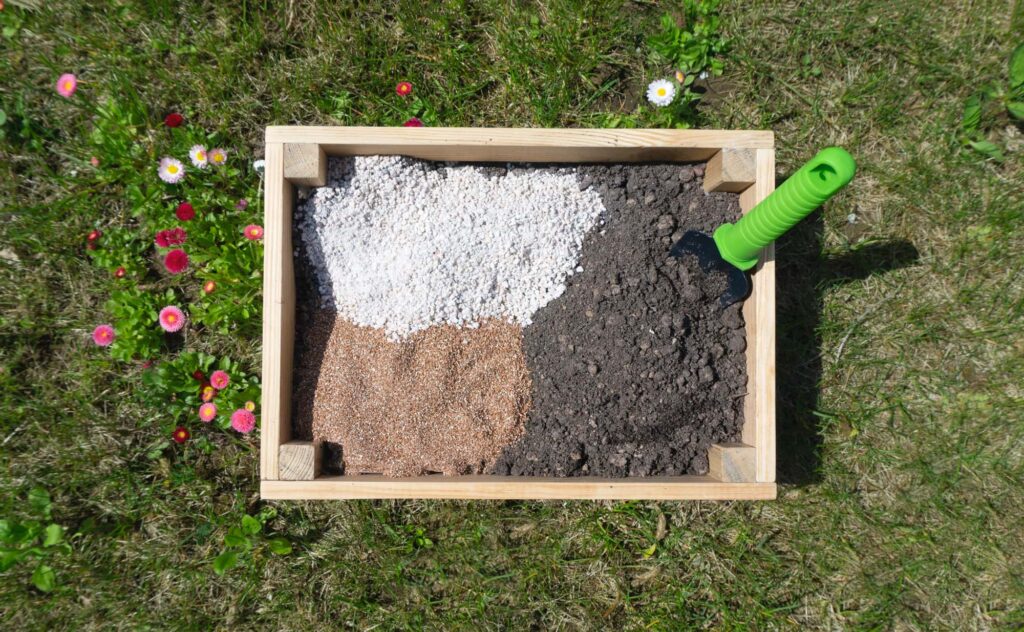
Add a small amount of moisture-retaining granules and low-nitrogen, slow-release fertiliser.
Air-pot containers are strongly recommended over conventional pots. They “air-prune” the roots, encouraging new growth and preventing the plant from becoming root-bound. When potting on, increase the pot size by at least four times the volume.
Position your container-grown eucalyptus in a sunny location, protected from winds, and place the pot over a solid flagstone to prevent roots from growing into the ground. Water daily from April until mid-October, and twice weekly during the winter months.
Overwintering and troubleshooting common issues
Winter presents unique challenges for eucalyptus trees in British gardens, requiring specific protection strategies to ensure their survival. Even cold-hardy varieties benefit from extra care during harsh weather months.
Bringing potted eucalyptus indoors
As temperatures drop below 6 °C, move eucalyptus to a sheltered location. An unheated greenhouse provides ideal winter protection—ensuring good ventilation to prevent humidity-related issues. Position plants near south-facing windows to maximise sunlight exposure.
Maintain moderate watering throughout winter—check soil moisture closely to prevent overwatering. For optimal health, temperatures should be lowered to 7-10 °C from November through February. This cooler period simulates natural conditions and prevents vigour loss.
Dealing with leaf drop and curling
Curled leaves commonly indicate water stress—either too little water or excessive sun exposure. Yellowing lower leaves might signal overwatering, whereas continual leaf loss typically results from insufficient light.
After frost damage, wait until spring before pruning affected areas. Perform a ‘scratch test’ on stems to check for living tissue underneath before removing apparently dead material. Typically, eucalyptus can recover from mild frost damage with proper care through the following growing season.
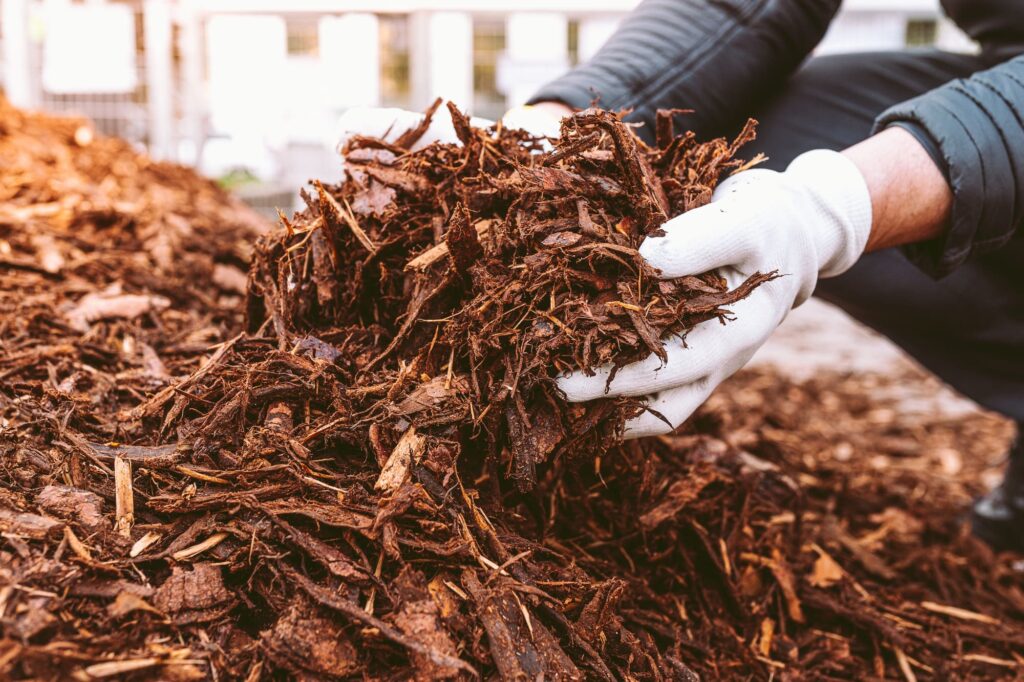
Common pests and diseases
Watch for eucalyptus gall wasp—identifiable by tiny raised swellings on leaves, most noticeable in early spring. These pinkish-brown hollow galls may cause heavy leaf fall, but rarely influence long-term tree health.
Other problems include:
- Anthracnose—showing as curled, distorted growth with small black lesions
- Phytophthora root rot—evidenced by wilting, yellowing foliage and reddish cankers
- Powdery mildew—appearing as white powdery growth on leaves and stems
- Oedema (small water-soaked swellings) indicates waterlogged soil, whereas honey fungus produces golden-brown toadstools in autumn, attacking roots and eventually killing the tree.
FAQ about eucalyptus in the UK
Yes, eucalyptus is an excellent choice for bathrooms as the steam activates its essential oils, providing therapeutic benefits. Just don’t eat them! They are poisonous.
Several hardy species thrive in the British climate, with the most successful being Eucalyptus gunnii (Cider Gum), Eucalyptus pauciflora subsp. niphophila (Snow Gum), and Eucalyptus dalrympleana (Mountain Gum).
Yes, eucalyptus leaves contain toxic compounds including eucalyptol and tannins that can be harmful if ingested in significant quantities. They may cause nausea, vomiting, diarrhoea and, in severe cases, more serious complications. Whilst the fresh leaves and essential oil are indeed toxic when consumed directly, eucalyptus products such as properly prepared tea (using dried leaves) and commercial products containing controlled amounts of eucalyptus extract are generally considered safe for adults. It’s particularly important to keep eucalyptus plants and products away from children, as they are more susceptible to toxicity, and consumption of just 3.5ml of eucalyptus essential oil can be potentially fatal.
Ready to plant your eucalyptus tree?
Growing eucalyptus successfully in British gardens requires careful consideration of species selection, proper planting techniques, and consistent year-round maintenance. Throughout this guide, you’ve learned how to create optimal conditions for these stunning Australian natives despite our challenging climate.
Remember that species selection stands as your first crucial decision. Moreover, timing matters significantly when planting eucalyptus. Though eucalyptus presents certain challenges in our climate, the rewards undoubtedly justify the effort. Their striking silvery-blue foliage, attractive bark, and rapid growth make them outstanding specimen plants for British gardens. Furthermore, their versatility allows them to serve as focal points, screens, or even sources of cut foliage for floral arrangements.
Armed with the knowledge from this guide, you now possess everything needed to grow these magnificent trees successfully. Are you interested in planting other trees in your garden as well? Explore our guides on lemon trees, catalpa trees and apple trees.
Happy gardening!
-
Orchids: A Complete Guide on How to Care for ThemWant to give your orchid the best possible care? Discover essential tips from placement to watering and pruning. Learn everything you need to know!Read more
-
Growing Wisteria Made Simple: From Planting to Perfect BloomsWith blossoms like a purple waterfall, Wisteria sets an almost magical and colourful mood. If you want to grow this beauty in your garden, you’ll need a bit of patience. Don’t worry, it will most definitely pay off.Read more
-
How to Build a DIY Greenhouse: A Practical Guide for Smart SpendersImagine extending your growing season throughout the year, nurturing tender plants regardless of the weather, and creating a personal garden sanctuary. This is precisely what a DIY greenhouse offers you. Let’s learn how to build one.Read more
-
Transform Your Garden with All-Year-Round Flowering PlantsDid you know you can enjoy blooming flowers even in January? With the right selection of all year round plants, there’s no need to wait until spring to add some colour to your garden.Read more
-
How to Create a Butterfly Garden: A Simple Guide for British GardensThe UK's butterfly population includes 59 different species. These beautiful winged creatures face a steady decline because of habitat loss, pollution and changing weather patterns. Your garden can become a vital link between nature reserves and natural habitats. Let’s explore how.Read more
-
Volcanic Rock Dust for Your Garden—Application and TipsDid you know that volcanic rock dust is a brilliant organic soil improver? This article explains exactly what it's good for and how to use it properly.Read more
-
How to Use Landscape Fabric ProperlyIf weeds or erosion in your garden are troubling you, landscape fabric might be the solution. We’ll explain how and when to use it properly, just keep on reading.Read more
-
Hostas: A Complete Care GuideIf you have a north-facing garden or some shady corners on your property, hostas are the plants for you. These green delights thrive particularly well in partial to full shade and require consistently moist soil to perform at their best.Read more
Leave a comment
Your answer will be displayed on the site and the interested party will be notified by email.
Leave a comment
Have a question or want to share your experience? Leave us a comment.
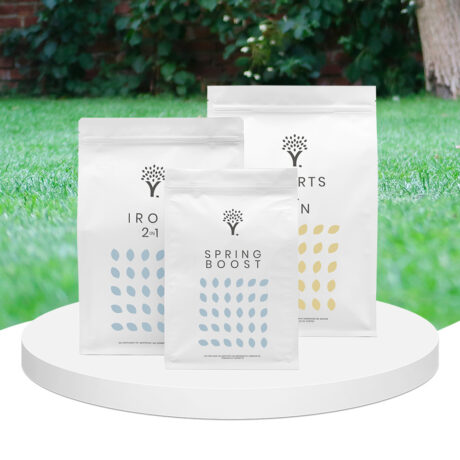
- Order by 2PM = shipped today
- 250.000+ satisfied customers!
- 60 day satisfaction guarantee
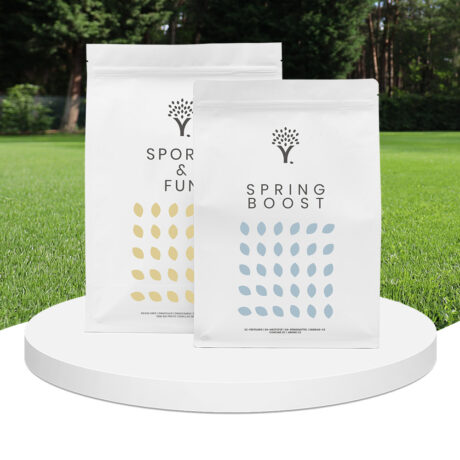
- Order by 2PM = shipped today
- 250.000+ satisfied customers!
- 60 day satisfaction guarantee
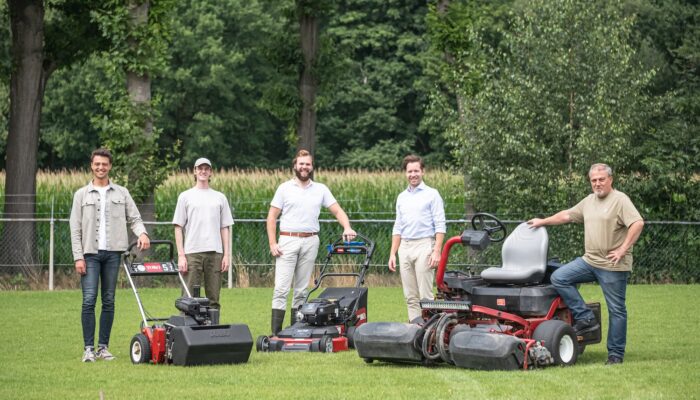
🌱 All important maintenance moments for your lawn during the year. Leave your email and we will send you the lawn calendar for free.
Enter your email
Receive the lawn calendar in the mail
Enjoy a green lawn all year round!





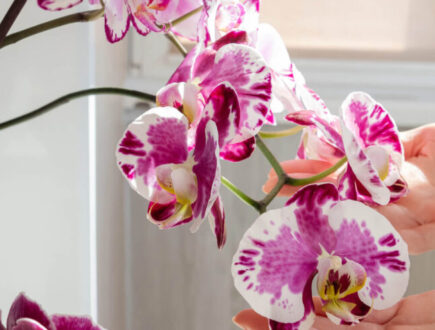
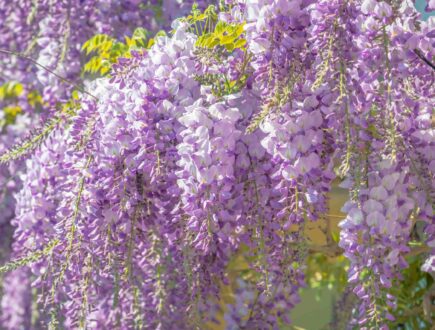

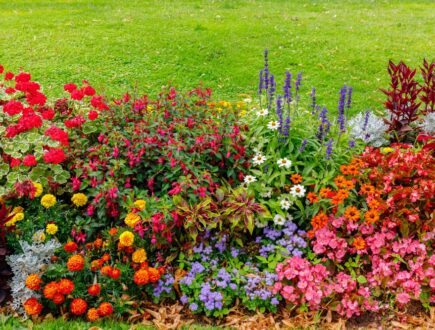

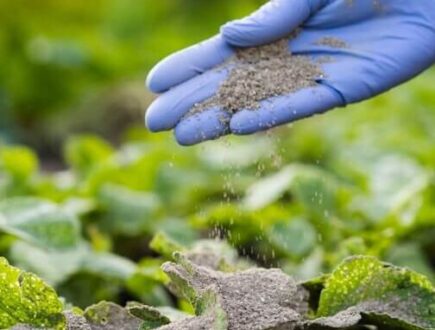
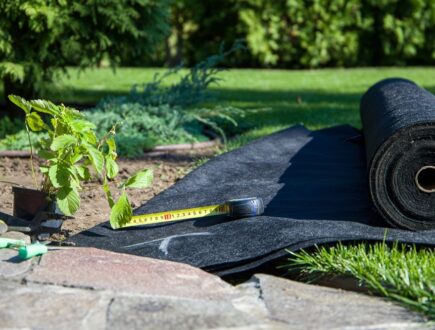
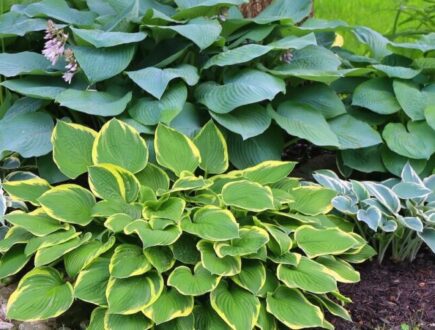
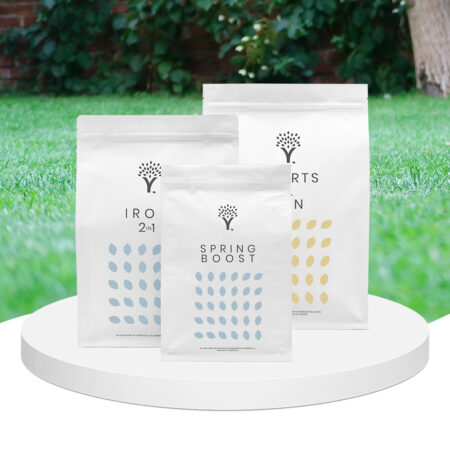


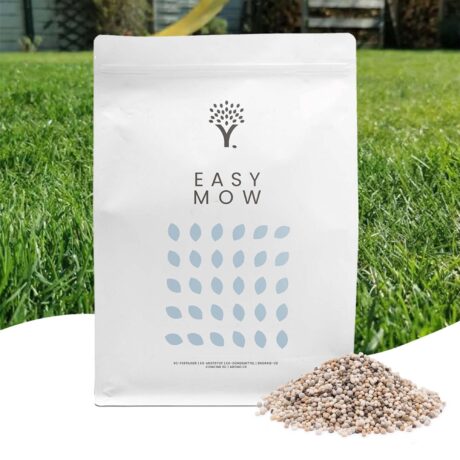

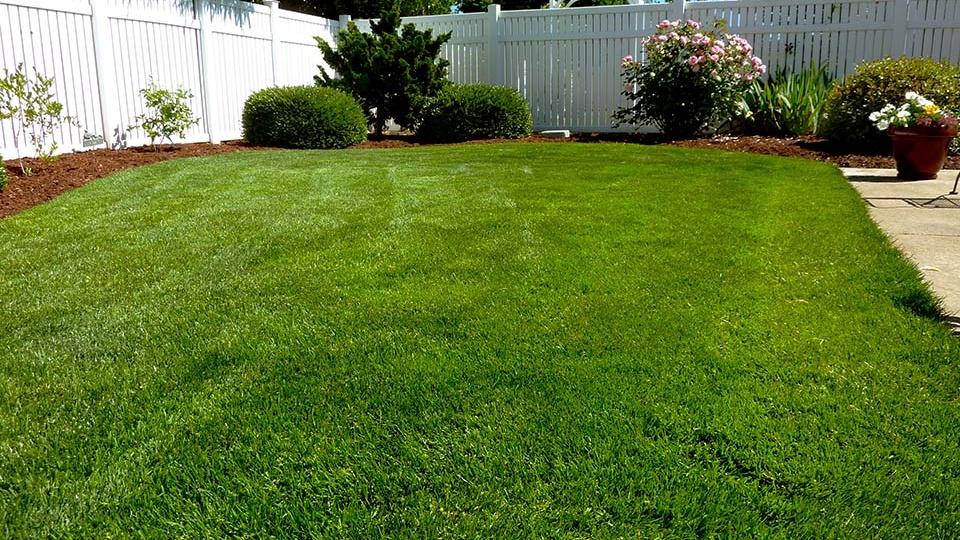
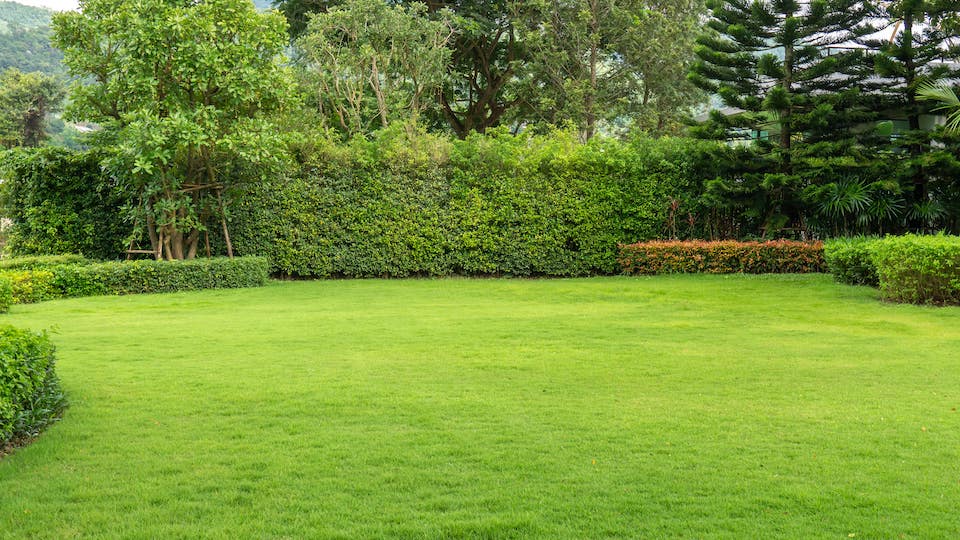
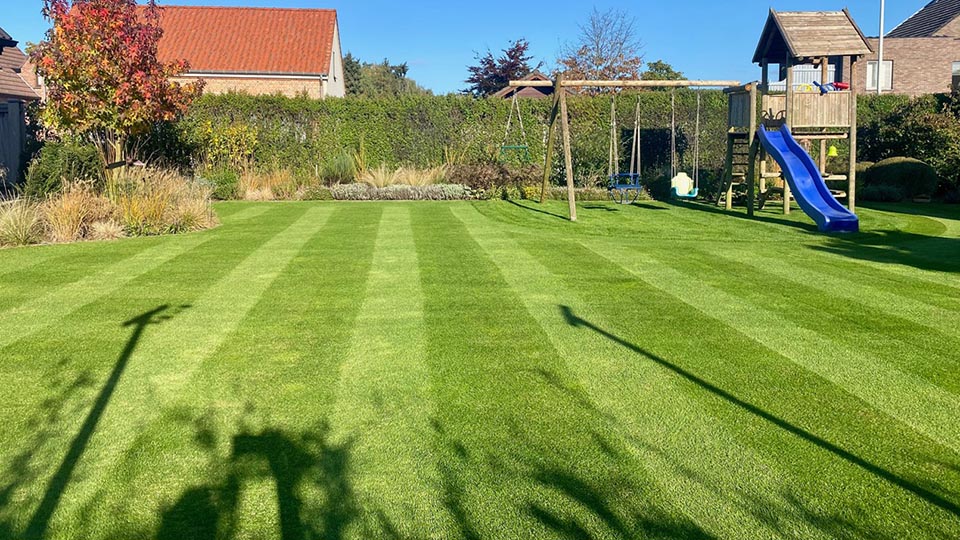
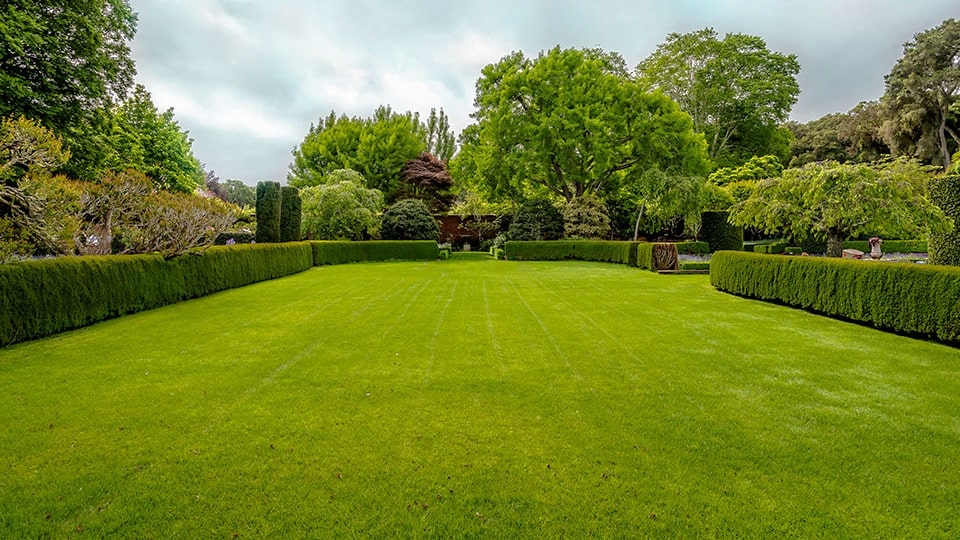
Comments (0)
There are no comments yet. Well then, what are you waiting for to
Be the first to write your comment!inaugurate this pretty page?
Do you have some comments?